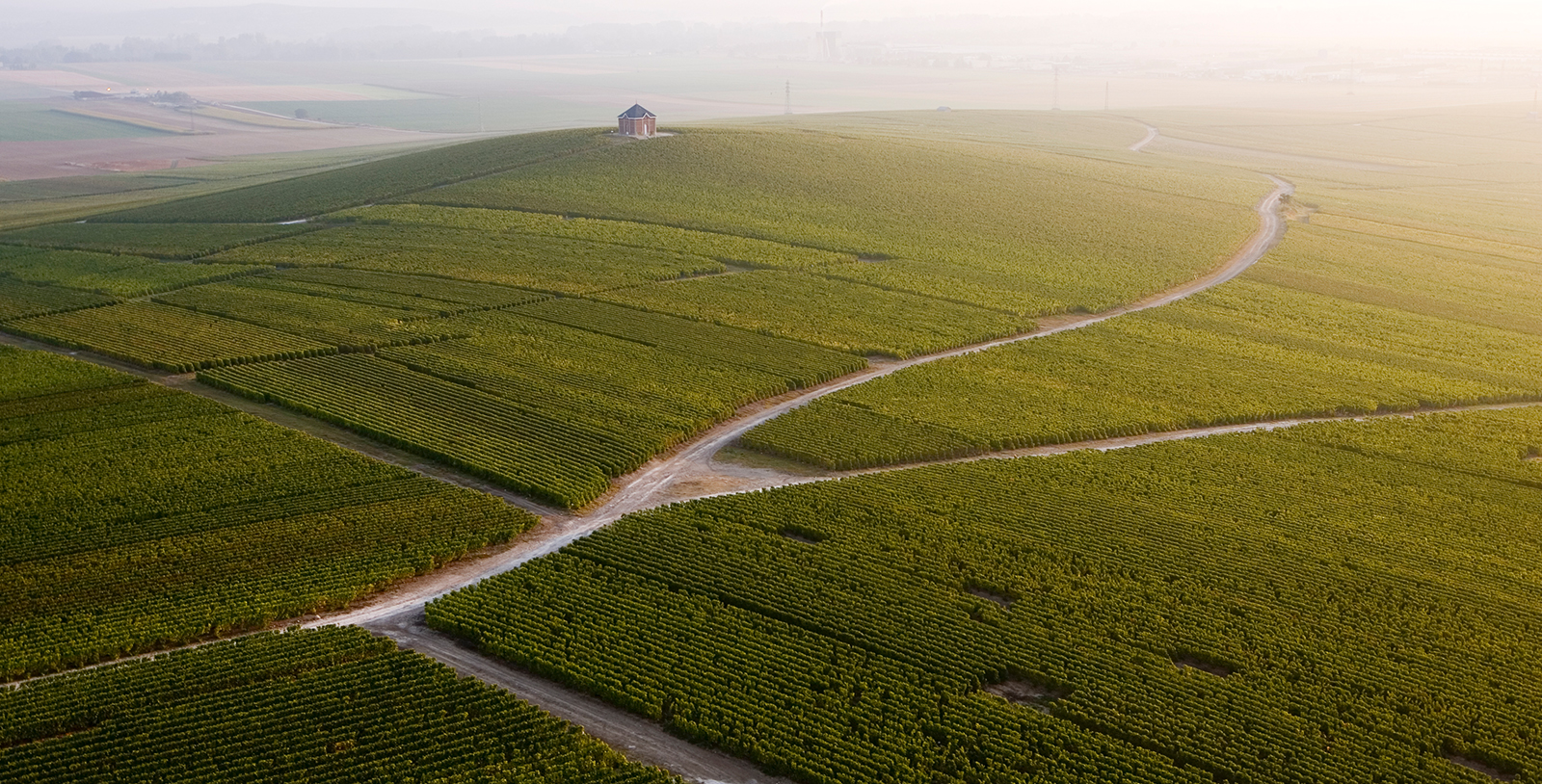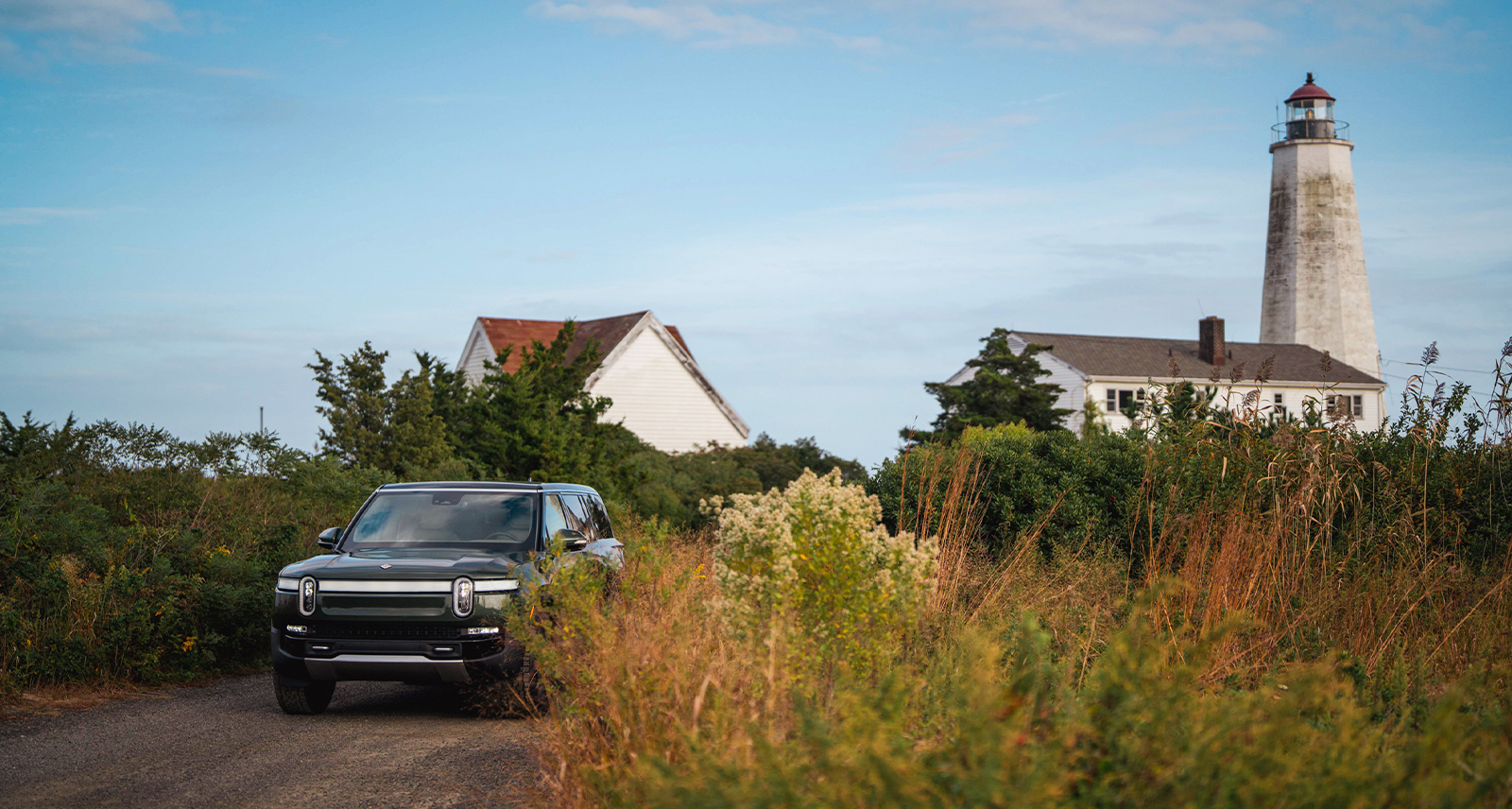Benoît Gouez, Cellar Master of Moët & Chandon, Talks 150 Years of Impérial
When Moët & Chandon’s Brut Impérial was first released 150 years ago, in 1869, no one at the storied house in Champagne could have predicted its success. Perhaps they should have, given its auspicious beginnings. The bottles were introduced to celebrate the 100th anniversary of the birth of Napoleon Bonaparte, diminutive lover of bubbly and close personal friend of Jean-Rémy Moët, the gregarious vintner and grandson of house founder Claude Moët.
Jean-Rémy was a visionary who built his namesake brand into one of the largest winemakers in the Champagne region. He built the framework for Moët & Chandon’s standing today, including the very chateau housing its headquarters, in the heart of Épernay in the Champagne region, and the brand’s vast cellars, which run for some 28 kilometres underneath the city centre and out toward the miles of vineyards. The brand is Jean-Rémy’s legacy, and though he was not directly involved in the creation of Impérial (he died in 1841), it’s a lasting tribute to everything he built.
In its day, Impérial was something of a revolution. Less than one per cent of champagne produced then was labelled “brut” (and even the brut of 1869 was much sweeter than today’s dry and sippable version). But the relative lightness of Brut Impérial — its elegance above all — has endured. Today, Moët Impérial is nothing short of an icon, its gold foil–wrapped bottle a universal symbol of celebration.
The man currently responsible for crafting Brut Impérial is chef de cave Benoît Gouez. In more than 20 years at the house, he has pushed the boundaries of winemaking through the Grand Vintages program, but his lasting impact will have been lovingly shepherding the legacy of Moët Impérial into the 21st century.
On the eve of the 150th birthday of one of the world’s great wines, we sat down with Gouez in Épernay to talk about his process, his thinking, and his hopes for the future.

You’ve said that the market really determines what you’re doing with Imperial. But what about this place still makes it into Imperial considering what the market wants?
Moët & Chandon has always been consumer-driven. We have letters from Jean-Remy telling his sales people, “Tell me what people want; I will create and deliver.” Nevertheless we have our own limits. One is that we are part of the Champagne appellation, so we can’t make blue champagne, or champagne with Shiraz or whatever. And then we are limited by the house style and brand DNA. A lot of people know the name, understand it’s a venerable French company making bubbles, but I’m not sure they understand that much the authenticity, the origins, the pedigree, and the history. That for me is key, because it’s the founding myth that happened here in Epernay. In a way it’s the reason why we celebrate this 150th anniversary.
Is it new that the consumer cares about authenticity so much?
Tradition is a word that has become misued. For many people, it means “I don’t change. I do things the way they’ve always been done.” OK, but in the meantime everything has changed so is it still relevant? I remember when I started with Moët back in 1998 in my first weeks and months I used to go and meet people and have different questions. And most of the time I had answers. I had a feeling that people knew why they were doing what they were doing. And sometimes it was, “I don’t know, it has always been like that.” But why? When you don’t know anymore, it’s not tradition — it’s folklore.
“Tradition is a word that has become misused. For many people, it means ‘I don’t change. I do things the way they’ve always been done.’ ”
So what does that mean for you and the brand?
It means to preserve traditional practices, and yet to continue to innovate. One interesting example is riddling [the process of turning bottles to remove sediment]. For many years riddling was by hand. It was a tough job, because people were spending all their days in the darkness of the cellars just turning bottles all day long, 50,000 bottles a day. So we moved to machines that can produce the same gesture with even more precision. We thought that everything could be mechanized. But then we noticed that from one batch to another the wine wasn’t reacting exactly the same, and we couldn’t understand why. We remembered, ah yes, the guys before used to read the wine. They could look at the bottle and see how it was reacting and they were able to adapt. Today a sample of every batch is riddled by hand, and the mechanical riddling is adapted depending on how the wine reacts.

What are the big challenges for champagne as an industry in terms of sustainability?
One is adaptating to climate change. If things continue to evolve as fast as they have in the past 30 years, the discussion of the style of champagne will be pointless; the impact on our lives will be much more important. And second, if you think about what makes champagne unique, it is not in our varieties, or the way we prune, or the way we press, or ferment, or blend, or age. That can be done exactly the same way anywhere in the world. The only thing that makes champagne unique is what is here and nowhere else: the soil and the climate.
When you understand that, you start asking what can I do to preserve the local environment? In the past 10 years we have cut by half the use of water. We work a lot on energy. In the vineyards we don’t use insecticides at all. We have a plan to not use herbicides at all within the next three years. Our identity is in our terroir, so we have to respect it, we have to preserve it, we have to even improve it.
What brought you to this line of work?
I don’t come from a wine family, so I have no personal background. I entered college in Montepellier in 1990, when I was 20, and it’s really through that that I started to get interested in the world of wine. I think I’ve been interested in three different elements. One is that I believe great wines are a mixture of technical skill and personal sensitivity. I’m a scientist — I’m an engineer in agronomy. Without science or technical skill there is very little chance you can make good wines on a long term. But at the same time, if you want to rely on your technical skill you might make good wine, but not great wine.
The second thing is the fact that for me, wine is very cultural and social. Behind any great wine there is a mystery, there is a people, there is a region. And wine is always something you share. Champagne is the most social drink. And I love that. Sharing wine, picking a bottle, having food with friends, discussing, sometimes arguing, it’s great.
And finally, travel. I have been fortunate to travel the world thanks to wine. As a winemaker I have worked in California, in Australia, New Zealand. And since I’ve been with Moët & Chandon I’ve been to a lot of countries. So that is physical travel. But I think with wine you can also travel virtually. If you are in Canada and you open a bottle of champagne, you are a little bit in Champagne.

When you think about all the places you’ve worked, what makes the winemaking culture here unique?
I hate the idea of “making wine.” We don’t “make” wine. In France we never say we are the “faiseurs du vin.” It’s more the idea that the winemaker is going to create the wine. I think that here we are able to combine both. We don’t force nature. But we have to guide her.
Moving beyond just tasting notes for a minute, what, for you, is Moët Imperial?
I hate tasting notes. I don’t think you can translate the moment and the emotion of a wine in words. Images are much more important. A 2008 vintage is really like eating an oyster in the winter by the ocean, with all the cold; whereas a 2009 vintage is really like taking an apricot by the tree in the summer; whereas 2012 is really between yesterday and today, a transition between the spring and the summer, when you still have some pale light and some flowers but you start getting the very first fruits.
Moët Imperial is a little bit of everything. That’s the beauty of that wine. There are so many elements involved. Maybe where a vintage is for a certain special moment, for me Imperial is for every moment. What I like with Imperial is that idea of spontaneity. Not being obliged to wait for a special occasion. Not being obliged to have the right temperature and the right glass, but just “Let’s have a glass now.” And you know that if you have a glass of Imperial, you’ll be very happy with your glass. It’s the kind of champagne that always seduces and delights, whatever the circumstances.










